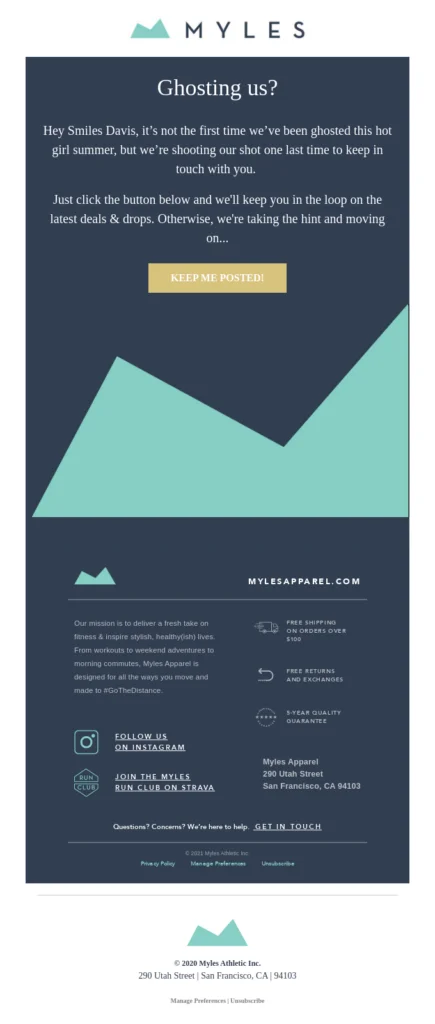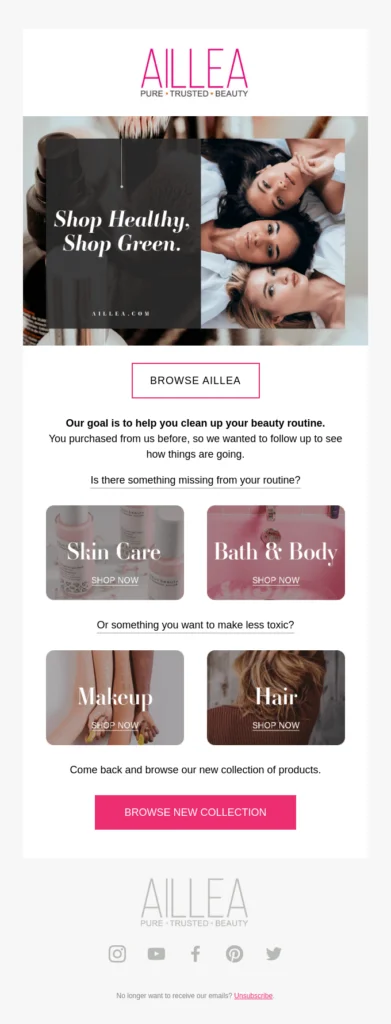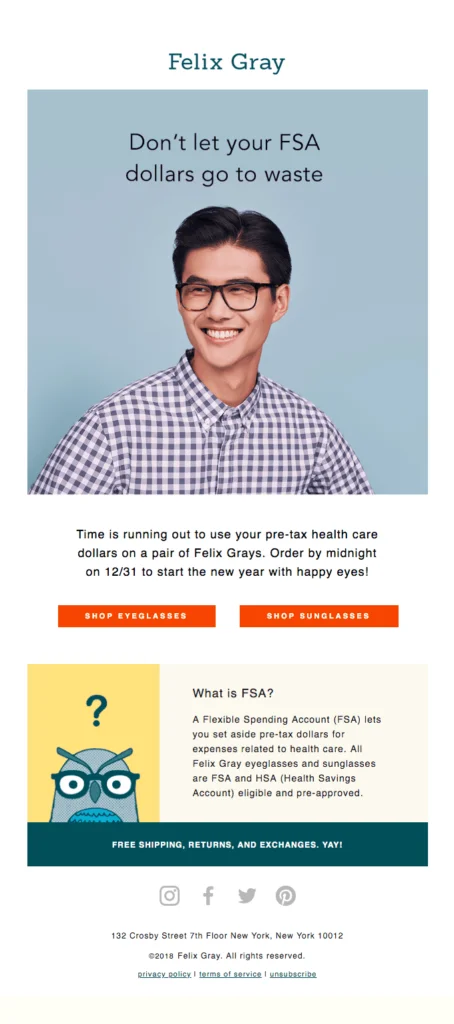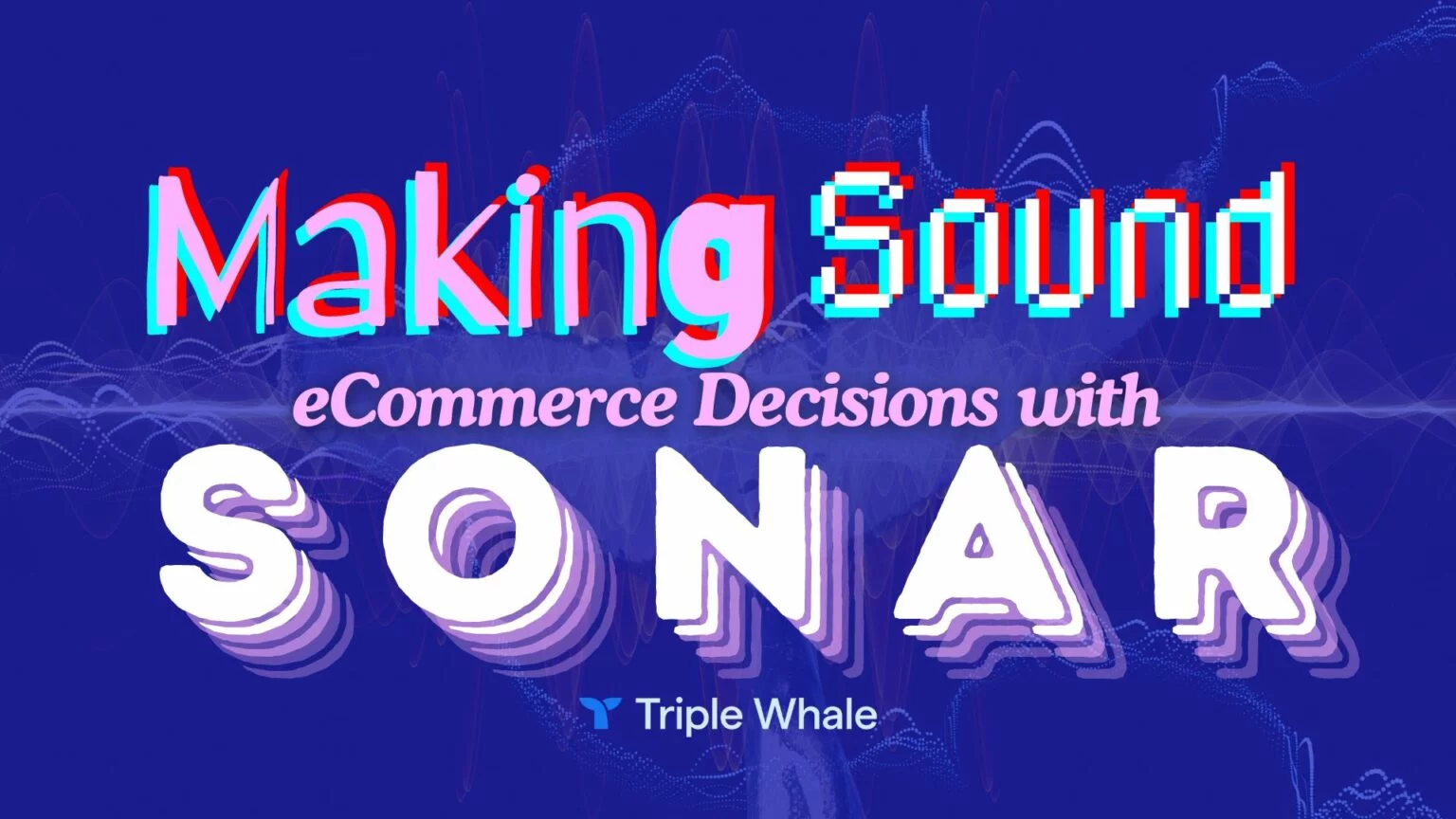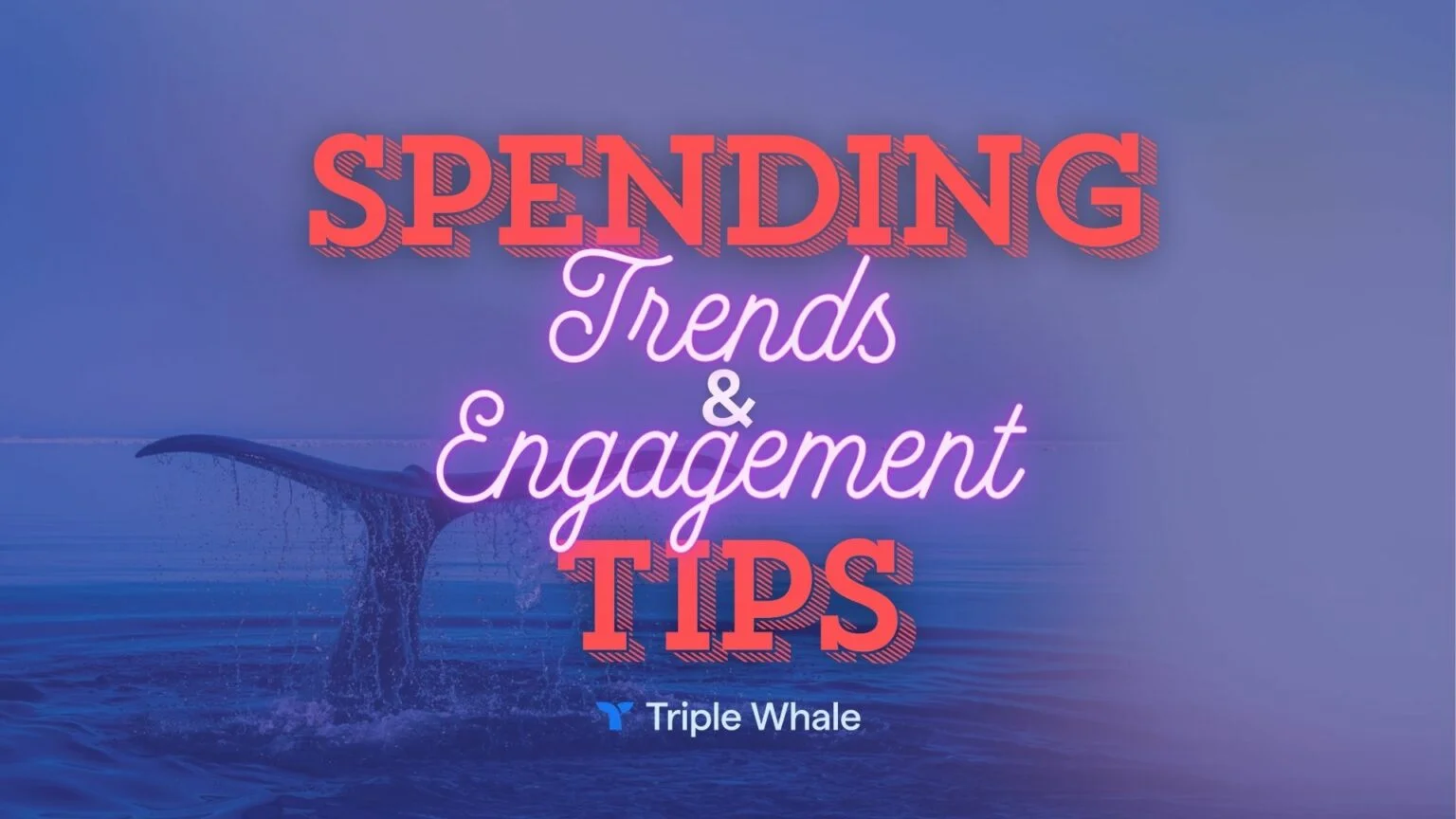
How to Win Back Inactive Customers with Re-Engagement Emails
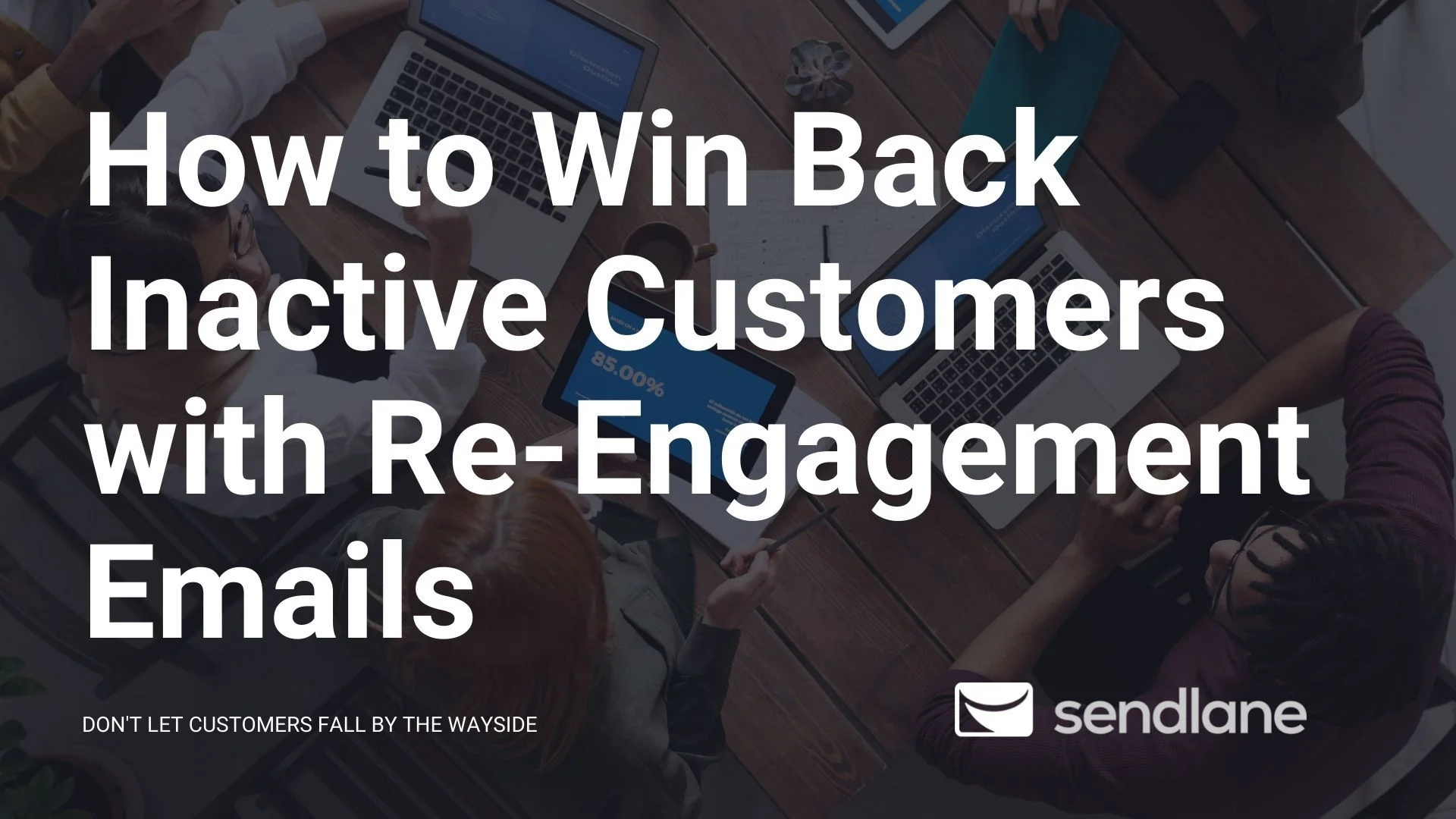

Two things are inevitable if you’re building your audience and reaching potential customers via email.
- Some people will unsubscribe.
- Even if they don’t unsubscribe from your list, some people will stop opening your emails.
That first fact might feel like a punch in the gut, but the second means that hope isn’t lost.
When people aren’t opening your emails, that means your marketing efforts weren’t effective or that your emails aren’t making it to their primary inbox. Things usually snowball from there.
Again, “unsubscribers” are inevitable, but re-engaging customers isn’t hopeless. And you can win back those inactive customers with a well-thought-out re-engagement email sequence.
So, if you got here because you searched for "how to win back lost subscribers," we have good news! The answers you’re looking for are right here.
In this post, we'll look at a few different win-back emails and the lessons you can learn from them, examine some “reactivation” email subject lines, and explain how you can build your very own campaign full of effective re-engagement emails.
What Are Re-Engagement Emails & Why Do You Need Them For Inactive Subscribers?
Most of us will follow brands we’re interested in for a while before we convert.
Maybe you check out a brand’s new products and enter your email for updates, but you forget to open the welcome email they sent.
Or maybe you love a brand’s messaging but you're not ready to buy from them immediately, so you stay on their email list to watch for a deal when the moment is right.
Every brand or business with an email list will have a portion of subscribers like this. And when those users go from lurking to totally inactive, it’s time to hit them with some re-engagement emails.
Re-engagement emails are an automated sequence of emails that monitors your list, recognizes when someone has lost interest, and encourages them to come back.
Further, if inactive users really don’t want your emails anymore, this sequence can get them off of your list without any extra work on your end.
In other words, your lists stay clean, and your subscribers get only content that they want.
If you don’t have a re-engagement sequence in place, your inactive subscriber segment will grow, list quality will decline, and it could negatively impact your deliverability and sender reputation as well.
So, for all of these reasons and more, it’s a very good idea to add retention-building re-engagement emails to your workflow, like, yesterday. 😉
4 Essentials to Include in Your Re-Engagement Emails
Whatever you call this email sequence — re-engage, win-back, reactivate, etc. — the end goal is always to increase subscriber engagement. (Ideally, in the form of a purchase.)
To do so, your emails will need at least four essential components:
- Mobile-friendly email design
- An easy-to-find CTA, preferably above the fold
- A clear value proposition or incentive
- An unsubscribe option
It might seem basic, but every effective reactivation email will include these elements.
That said, there is a whole world of design and content opportunities that you can use to make these components effective for your audience.
7 Re-Engagement Email Examples To Win Back Inactive Customers
We’ve collected some re-engagement email campaign examples to demonstrate how you can break the ice and turn “lurkers” into buyers.
1. Acknowledge Their Lack of Activity
This example from Myles Apparel doesn’t dance around the contact’s lack of engagement — it opens with a funny “Ghosting us?” before providing a call to action and reasons to get started.
The copy is also simple, direct, and action-oriented, with a clear CTA above the fold.
The email ends with a few informational nuggets and value propositions in the footer. Every section adds value to the offer and gives the user a reason to click.
2. Encourage a Sense of Urgency
Creating a sense of urgency is one of the most effective tools in a marketer’s toolbox.
This email from Chewy doubles down on FOMO with an expiring-discount banner above the fold and a secondary call to action — “Don’t miss out on your pet’s favorites!” — before the product recommendations section.
This one-two-punch tactic of a discount and product recommendations is a great way to incentivize inactive customers who might have been waiting for a can’t-miss deal.
Personalized recommendations work best whenever possible, but you can also recommend best-sellers or clearance items to further hype bargain shoppers.
3. Put We Miss You in the Subject Line
Beauty brand Aillea forgoes FOMO and tries a more empathetic approach in this email.
You can't see it here, but this email uses “We’ve missed you.” as the subject line, and the images and copy project a mindful and healthy brand.
The upscale, lifestyle-driven copy persuades with phrases like “help you clean up” and “is there something missing?” and personalizes the request by specifically mentioning that “you’ve purchased from us before…”
This email leverages multiple effective tactics, and the low barrier to conversion — “Browse Our New Products” — also helps push readers over the finish line.
4. Speak to the Reasons They Signed Up
Based on this email, the eyeglasses brand Felix Gray knows that some of their subscribers have access to a Flexible Spending Account (FSA) for health care — and that this year’s funds won’t be available in the new year.
By speaking directly to this audience segment, Felix Gray leverages a sense of urgency and a personalized recommendation that will encourage users to convert right away.
Felix Gray also defines FSA at the end of the email so that users will know whether or not they have access to these funds.
Since some users probably signed up for these emails because of FSA availability, addressing this message to them is a great way to provoke action before the deadline.
5. Don’t Take Yourself Too Seriously
Incorporating your personality never hurts, especially when it's your brand voice. Missguided, a fashion storefront, does this well while keeping their offer and email design simple and engaging.
They note that the recipient hasn’t been active lately, and they offering a discount on their next purchase to "make this work." The humor is tongue-in-cheek, which aligns with their playful brand voice.
6. Keep it Simple. Like, Super Simple.
The wide-open content and design possibilities in your re-engagement emails are a double-edged sword. While it’s great to have options, it's also easy to get too focused on the style and lose track of the substance.
In this email from Nordstrom Rack, all they include is eight words (that offer a discount) and one image. The simplicity of this email sets it apart.
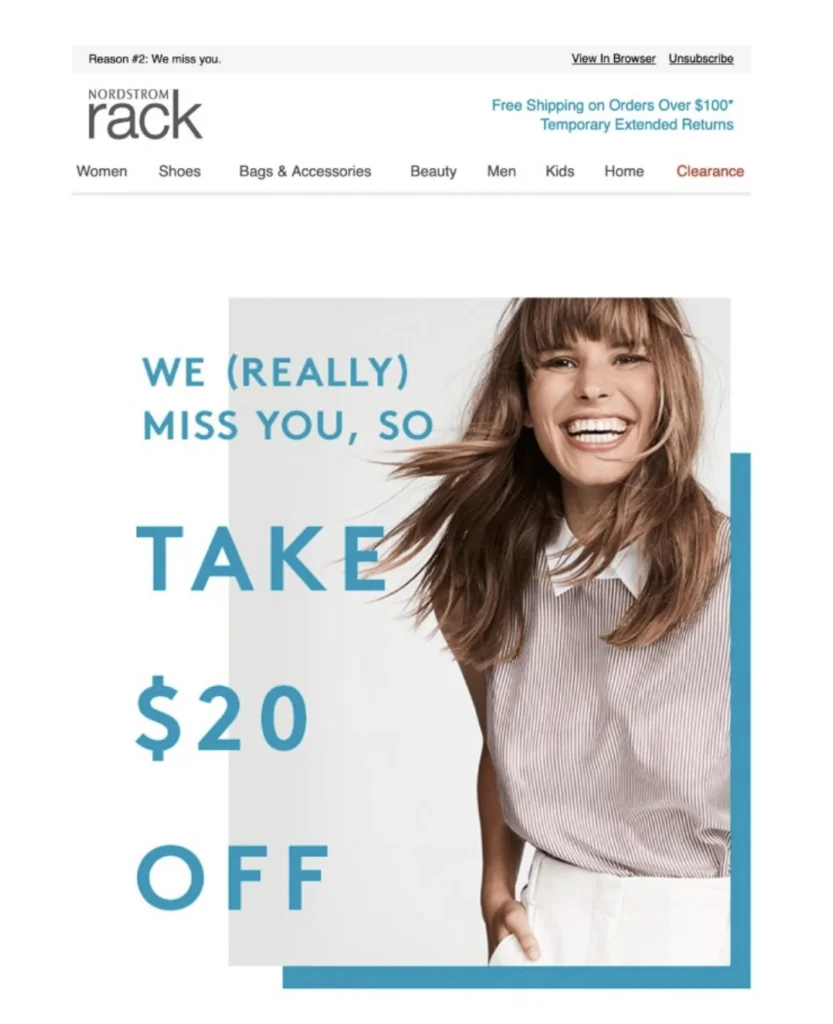
And really, that's all there is to it.
The lesson here is that you don't need to overthink the design of every email in your sequence. Keep it polite and straightforward, present an easy-to-understand CTA, and you’re all set.
7. Offer a Reason to Come Back to Your Store
Each email in your workflow can leverage a different tactic to serve the same goal — winning back inactive customers.
In this email, MeUndies entices subscribers with a new product announcement. The copy serves the calls to action to check out the online store. The “Shop Now” CTAs are simple, and there isn’t much to distract from them.
Emails like these remind customers of your value and give them a good reason to come back and keep coming back again and again.
6 Subject Line Ideas For Your Re-Engagement Emails
One of the biggest hurdles in reactivating subscribers is getting them to open your emails in the first place.
That’s why your re-engagement emails’ subject lines are so important.
We’ve collected a few standards, but feel free to make them your own:
3 “We Miss You” Subject Lines for Re-Engagement Emails
- We miss you, {FNAME}!
- Here's a discount, 'cause we want you back…
- Haven't seen you in a while (open for 40% off!)
3 Retention-Based Subject Lines
- Happy Anniversary! Here's a gift from us
- We can't do it without you! (Gift Inside)
- This is just for you, {FNAME}
Again, try a few different variations, and throw in some emojis too. There are a lot of options, and you can keep refining your subject lines and testing for improvements.
Creating an Automated Sequence to Activate Customers with Re-Engagement Emails
So far, we’ve covered email and subject line examples for your reactivation email campaigns.
But that’s just the end result stuff.
This section will show you both what your sequence could be made up of and a bit of the technical side of building out your re-engagement automation.
Your Re-Engagement Email Campaign Workflow
Let’s say that you have a contact who has been inactive for 12 months.
At that 12-month “anniversary,” your email tool segments that contact into your “Inactive Subscribers” group and triggers an automated email flow that goes something like this:
- Email 1: “We Miss You!” + a discount. This restarts the conversation.
- Wait 3 days
- Email 2: Benefits + Social proof. Talk about your brand’s value(s) in this message. Does a purchase support a worthy cause? Mention that. What do you do that no one else does? Talk about that too. Also, look for opportunities to leverage testimonials or user-generated content.
- Wait 5 days
- Email 3: Discount Reminder/Second Discount Offer. Remind the users who got sidetracked that you still care, and share the discount one more time. You can also provide product recommendations here.
- Wait 5 days
- Email 4: Goodbye and Good Luck. If nothing works, tell them that this is the final email and that you’ll remove them from your list unless they click the CTA to stay on.
This is an easy automation to build in Sendlane, and the final result looks something like this:
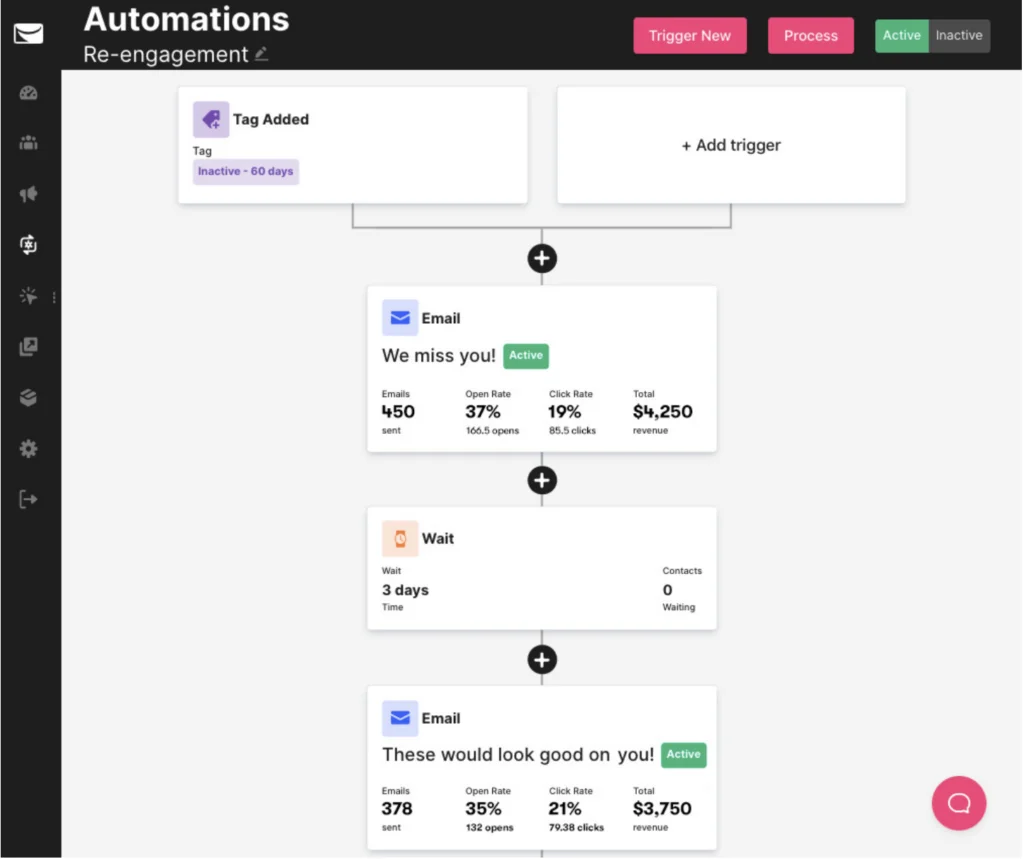
Once you’re in the Sendlane dashboard, you can build a workflow like this in minutes. And with the outline in place, you can dive deep into each email and configure it with the subject lines, copy, images, product suggestions, and other tactics listed above.
If you’re running any kind of marketing campaign, retention and reactivation ought to be a part of it.
Your campaign doesn’t have to be exactly like this one, as you’ll want to customize it with emails that match your audience’s needs.
But a re-engagement email sequence is essential to capture sales you could have missed otherwise.
Ready to start automating? Try Sendlane free for 14 days and start waking up those sleepy customers!
